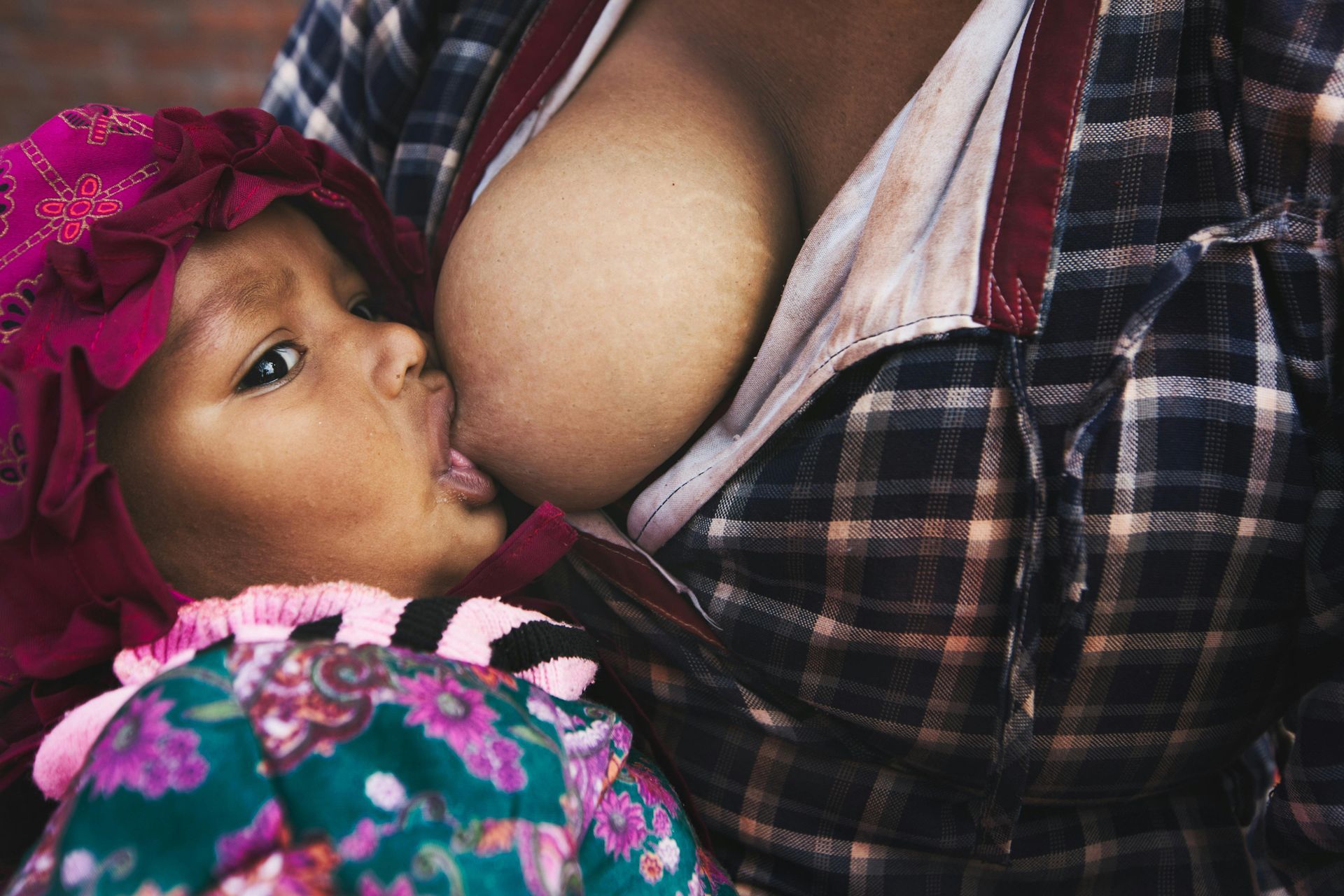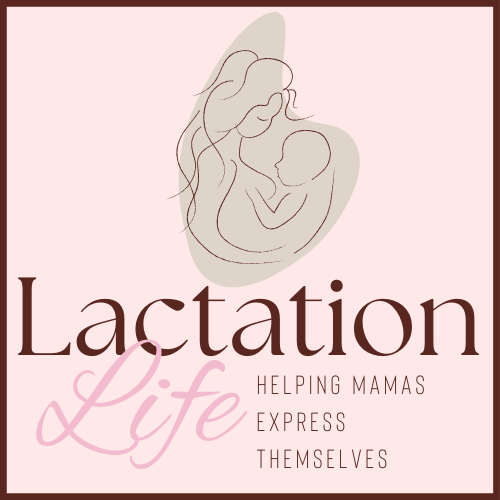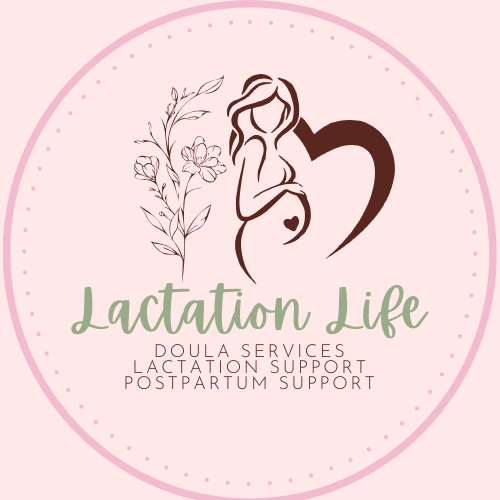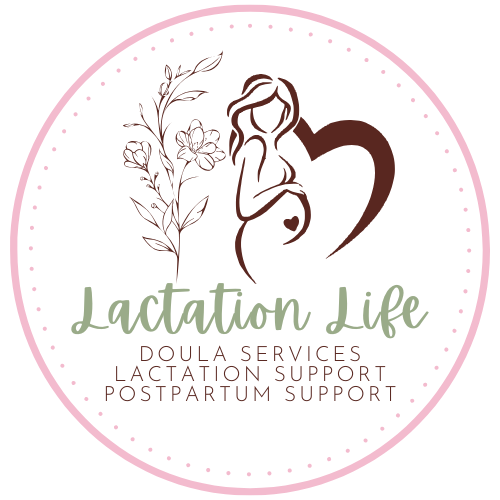How Breast Milk Changes to Meet Your Baby’s Needs—Even If You Exclusively Pump
Breast milk is often called "liquid gold" for a reason—it's a dynamic, living substance that adapts to meet your baby’s nutritional and immune needs. Many people assume that this adaptability only applies when directly nursing, but that’s not the case! Even if you’re exclusively pumping, your breast milk continues to change in response to your baby’s growth, health, and environment.

Here’s how breast milk evolves, even when you’re pumping and bottle-feeding.
1. Your Breast Milk Changes with Your Baby’s Age
Breast milk composition naturally shifts as your baby grows.
Colostrum (Days 1-5): This thick, golden milk is packed with antibodies, white blood cells, and essential nutrients to protect and nourish your newborn.
Transitional Milk (Days 5-14): As your milk volume increases, it becomes creamier and richer in fat, protein, and lactose to support brain development and digestion.
Mature Milk (After 2 Weeks): Over time, your milk stabilizes but continues to adjust to your baby’s needs. It maintains a balance of fat, carbohydrates, and proteins while providing immune support.
Even if you pump and store milk, freshly expressed milk still reflects what your body is producing for your baby at that time.
2. Your Milk Adjusts to Your Baby’s Immune Needs
Your body responds to bacteria and viruses in your environment, even when you’re pumping. If you or your baby are exposed to an illness, your milk will contain more antibodies and immune-boosting properties to help fight infection.
Studies suggest that your baby’s saliva interacts with your body when latching, but even if you’re exclusively pumping, your own exposure to germs still influences the protective factors in your milk. If your baby gets sick, consider offering fresh milk instead of frozen when possible, as it may contain more relevant antibodies.
3. Breast Milk Composition Varies Throughout the Day
Did you know that the time of day you pump affects your milk’s composition?
Morning milk tends to have more cortisol, which can help wake your baby up.
Evening milk has higher melatonin and tryptophan, which can promote relaxation and better sleep.
If your baby struggles with sleep, you may want to match pumped milk with the time it was originally expressed.
4. Your Body Adjusts to Your Pumping Routine
Your milk supply and fat content can fluctuate depending on your pumping schedule. For example:
Longer gaps between pumping sessions can lead to milk with lower fat content at first, since the watery foremilk is expressed first.
Frequent pumping can result in milk that’s creamier and higher in calories, helping your baby gain weight.
If you notice changes in your baby’s growth or satisfaction, adjusting your pumping schedule may help optimize your milk’s nutrition.
5. Diet & Hydration Play a Role
While breast milk is remarkably resilient and maintains its core nutrients even with dietary fluctuations, what you eat can impact its composition.
Omega-3 fatty acids (from foods like salmon or flaxseeds) can increase DHA levels in your milk, supporting brain development.
Hydration affects milk volume—staying well-hydrated helps maintain supply.
Some flavors from food (like garlic or vanilla) can pass into breast milk, which may help babies accept a wider variety of flavors when starting solids.
Final Thoughts
Even if you’re exclusively pumping, your breast milk is still incredibly adaptive! It continues to meet your baby’s evolving needs by adjusting in nutritional content, immune protection, and even sleep-regulating hormones. So whether you’re nursing or exclusively pumping, rest assured—your milk is always working to nourish and protect your little one in the best way possible.











